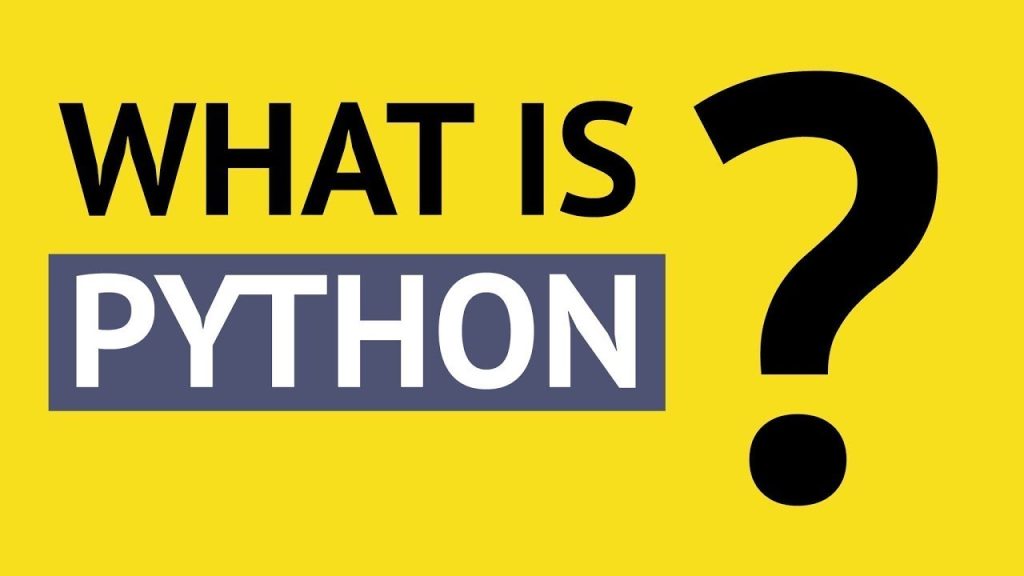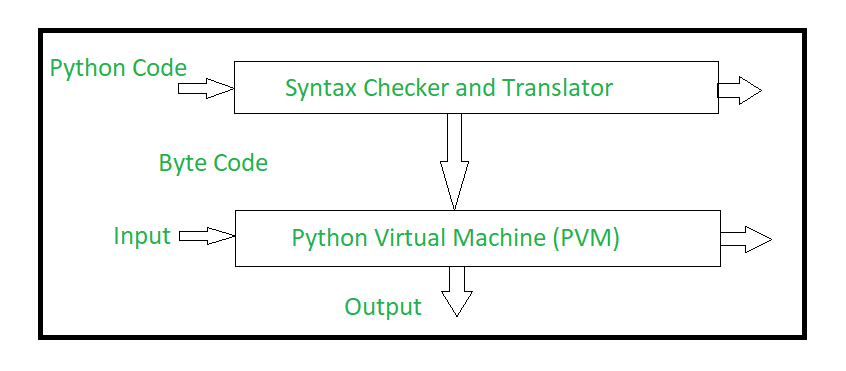Upgrade & Secure Your Future with DevOps, SRE, DevSecOps, MLOps!
We spend hours on Instagram and YouTube and waste money on coffee and fast food, but won’t spend 30 minutes a day learning skills to boost our careers.
Master in DevOps, SRE, DevSecOps & MLOps!
Learn from Guru Rajesh Kumar and double your salary in just one year.
What is Python-3.x?

Python 3. x refers to the family of major versions (3.0, 3.1, 3.2, and so on) of the Python programming language that was released after Python 2.7. Python 3.0 was a significant and intentional departure from Python 2. x, aimed at improving the language’s design, addressing inconsistencies, and modernizing its features. The “x” in “3. x” represents the specific version number within the Python 3 family.
Here are some of the benefits of using Python-3.x:
- Unicode support: Python-3.x is a Unicode-only language, which means that all strings are represented as Unicode. This makes it easier to work with text data in Python-3.x.
- New features: Python-3.x has a number of new features, such as the print statement, division, and exceptions. These features make Python-3.x more powerful and expressive.
- Performance: Python-3.x is generally faster than Python-2. This is because Python-3.x uses a more efficient garbage collector.
- Backward compatibility: Python-3.x is backward compatible with most Python-2 code. This means that you can typically run Python-2 code in Python-3.x without any changes.
What are the top use cases of Python-3.x?
Python 3. x is a general-purpose programming language that can be used for a wide variety of tasks. However, some of the top use cases of Python 3. x include:
- Web development: Python is a popular language for web development. It is used to create web applications, websites, and web services.
- Data science: Python is a powerful language for data science. It is used to analyze data, build machine learning models, and create data visualizations.
- Machine learning: Python is a popular language for machine learning. It is used to build machine learning models, train and deploy models, and evaluate model performance.
- Natural language processing: Python is a powerful language for natural language processing. It is used to extract meaning from text, build chatbots, and create text analytics applications.
- Systems programming: Python can be used for systems programming. It is used to write operating systems, device drivers, and embedded systems software.
What are features of Python-3.x?
Python 3.x is a major revision of the Python programming language, with many new features and changes. Some of the key features of Python 3.x include:
- Unicode support: Python 3.x is a Unicode-only language, which means that all strings are represented as Unicode. This makes it easier to work with text data in Python 3.x.
- New print statement: The print statement in Python 3.x has been changed. In Python 2, the print statement could be used to print any type of object. In Python 3, the print statement can only be used to print strings.
- Division: Division in Python 3.x is now always a floating-point division. In Python 2, division could be either floating-point or integer division, depending on the types of the operands.
- Exceptions: The exception handling system in Python 3.x has been changed. In Python 2, exceptions were handled using the try/except/finally statements. In Python 3, exceptions are handled using the try/except/else/finally statements.
- New data types: Python 3. x introduces a number of new data types, such as bytes, byte array, and collections.Counter types.
- New operators: Python 3.x introduces a number of new operators, such as the walrus operator (:=) and the augmented assignment operators.
- New modules: Python 3. x includes a number of new modules, such as the collections, DateTime, and pathlib modules.
What is the workflow of Python-3.x?
The workflow of Python-3.x is the process of writing, running, and debugging Python code. The basic steps involved in the workflow are:
- Write the code: The first step is to write the Python code. This can be done in a text editor or in an integrated development environment (IDE).
- Run the code: Once the code is written, it can be run. This can be done by using the Python command from the command line or by running the code from within an IDE.
- Debug the code: If the code does not run correctly, it will need to be debugged. This involves finding and fixing the errors in the code.
- Repeat: The steps above can be repeated as needed until the code is working correctly.
How Python-3.x Works & Architecture?

Python-3.x is an object-oriented programming language. This means that everything in Python is an object, including numbers, strings, and functions. Objects have properties and methods. Properties are data associated with an object, and methods are actions that can be performed on an object.
Python-3.x is an interpreted language. This means that the code is not compiled into machine code before it is executed. Instead, the Python interpreter reads the code and executes it line by line. This makes Python-3.x a very flexible language, as it can be used on a wide variety of platforms.
The architecture of Python-3.x is based on the following components:
- The interpreter: The interpreter is the program that executes Python code. It reads the code line by line and executes it.
- The standard library: The standard library is a collection of modules that are included with Python. These modules provide a wide variety of functionality, such as file I/O, data structures, and networking.
- Third-party modules: There are a large number of third-party modules available for Python. These modules provide additional functionality, such as machine learning, web development, and scientific computing.
How to Install and Configure Python-3.x?
Installing and configuring Python 3.x is a straightforward process. Here’s a step-by-step guide to help you install and configure Python 3.x on your system:
1. Download Python:
Visit the official Python website at https://www.python.org/downloads/ and download the latest version of Python 3.x for your operating system (Windows, macOS, or Linux).
2. Installation:
Follow the installation steps based on your operating system:
For Windows:
- Run the downloaded executable file.
- Check the box that says “Add Python X.Y to PATH” (where X.Y represents the version number).
- Click “Install Now.”
For macOS:
- Run the downloaded installer package.
- Follow the installation prompts.
- Python may already be installed on macOS. To check, open the Terminal and type python3 –version.
For Linux:
- Open a terminal.
- Navigate to the directory where the downloaded file is located.
- Run the following commands:
tar -xvf Python-X.Y.Z.tgz
cd Python-X.Y.Z
./configure
make
sudo make install3. Verify Installation:
After installation, verify that Python 3.x is installed correctly:
- Open a terminal or command prompt.
- Type python3 –version or python3 -V and press Enter.
- You should see the installed Python version, such as “Python 3.9.2”.
4. Environment Setup (Optional):
You might need to configure your environment variables to make it easier to run Python from the command line:
For Windows:
Add the Python installation directory (usually C:\PythonXY) to the system PATH variable.
For macOS and Linux:
The installation usually adds Python to the PATH automatically. To use python3 or pip3 commands, you can simply run them in the terminal.
5. Installing Additional Packages (Optional):
Python has a rich ecosystem of packages and libraries available on the Python Package Index (PyPI). You can use the package manager pip to install additional packages.
- Open a terminal or command prompt.
- To install a package, use the following command:
pip3 install package-name
 Starting: 1st of Every Month
Starting: 1st of Every Month  +91 8409492687 |
+91 8409492687 |  Contact@DevOpsSchool.com
Contact@DevOpsSchool.com